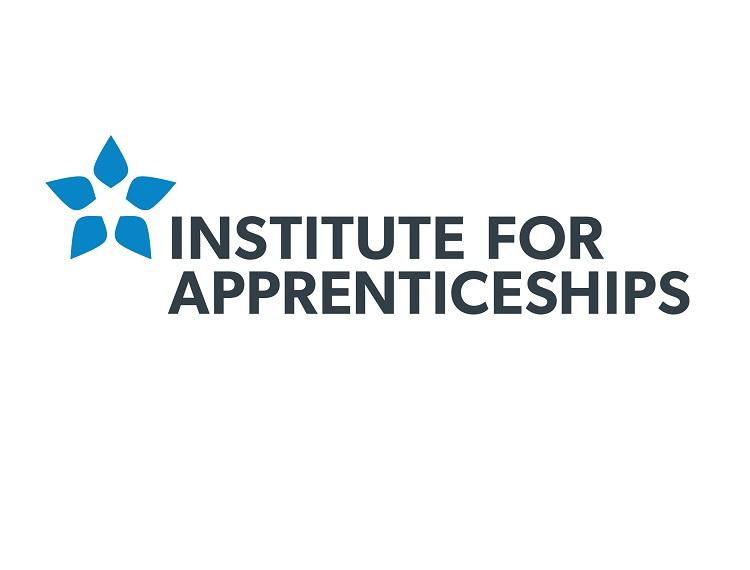Employer-led body launches a ‘Quality Statement’ following public consultation
The Institute for Apprenticeships has today (THURSDAY 23rd NOVEMBER) announced measures by which the quality and success of apprenticeships will be assessed in the years to come. The measures are included in the Institute’s Quality Statement document, published today, which provides a clear definition of what constitutes a high quality apprenticeship.
A draft document put for public consultation also proposed guidelines for improving outcomes for employers and apprentices alike. The responses to that consultation will help inform the Institute’s forthcoming Quality Strategy. The consultation ran for six weeks through September and October, and attracted over 350 responses. Crucially, the vast majority of respondents said that they would use the information and measures set out in the final Quality Statement when managing their own apprenticeships.
The initial draft Quality Statement was put to public consultation between 27th September and 18th October 2017. The consultation attracted just over 350 responses, of which around 40% of respondents identified themselves as representing an individual employer. 15% identified as representing learning providers, while 10% as representing trade or industry bodies. Smaller numbers of respondents reported to represent FE colleges, HEIs/universities and assessment organisations.
The Institute will monitor how closely the apprenticeship standards are meeting the needs of employers through the collection of data including, but not limited to:
· Cumulative entry to and achievement of apprenticeships by occupation, level and age group and compared to the mix in the labour market
· The number of employers recruiting and training apprentices by size and sector
· Standards development and implementation by level in relation to the occupational maps
· Proportion of apprenticeships beginning with a vacancy/new employee/new role
The Institute will also monitor the performance of apprenticeship outcomes for learners through the collection of data, including but not limited to:
· Retention up to sign-off for end point assessment
· Ratio of entry to success (including grades) in end-point assessment
· Destinations in employment in the apprenticeship occupation (with the training employer or with a different employer)
· Attainment of a higher level educationally and/or occupationally within 3 and 5 years of completion
· Ofsted overall and apprenticeship grades/HEFCE (OfS) judgements


Responses